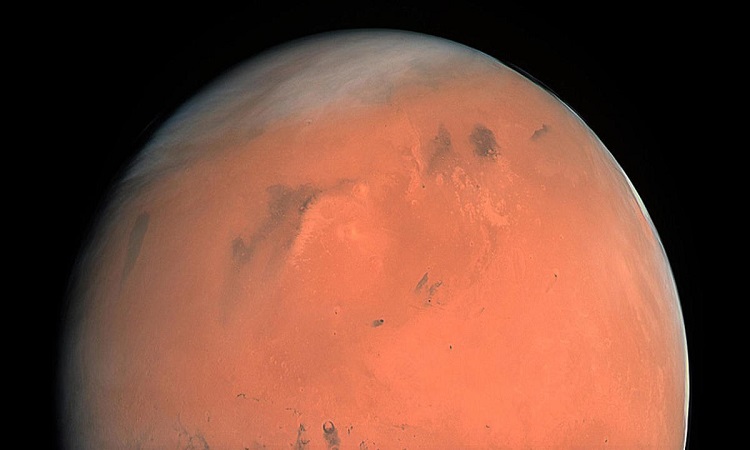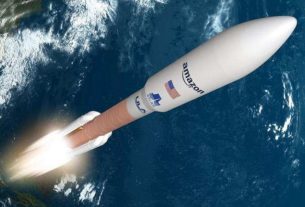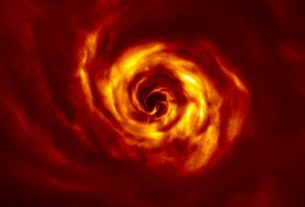The approximately 400,000 people involved in the collective adventure of taking a man to the Moon, which was NASA’s Apollo program, come to light in a documentary as the 50th anniversary of the first moon landing approaches.
Filmmaker Zachary Weil did not choose Neil Armstrong, Michael Collins and Buzz Aldrin, the crew of Apollo 11 who were the first men to reach the Moon (July 20, 1969) and, in the case of the first two, to walk on its surface (July 21, 1969), as protagonists of “When We Were Apollo”.
It can be said figuratively that Weil chose the hidden face of the Apollo program for his debut, which was presented on Tuesday at the Frost Museum of Science in Miami. This Wednesday, June 26, at a community event in Cocoa Beach, a locality of the same Florida area where the Kennedy Space Center is located, from where the most famous rocket in history took off.
Throughout June and July, the documentary can be seen in different stations of the United States public television network (PBS), then it will tour festivals, and in the fall it will reach the Amazon Prime streaming platform.
The 37-year-old filmmaker, raised in southeast Florida but now based in Los Angeles, stresses to EFE that he wanted to give voice to the thousands of “ordinary people” who participated in a project that is remembered as one of the milestones of civilization.
He had to select a group that will represent the 400,000: the two women and the 17 men who tell their story in “When We Were Apollo,” which does not yet have a title in Spanish.
Although he argues that “a good documentary encourages you to think but does not tell you what to think,” Weil believes that the archival images and the words of the interviewees tell the viewer: “we are stronger when we work together.”
In his opinion, the Apollo program brought more benefits than being able to say that the US I had conquered the Moon, by demonstrating the importance of marking significant challenges as a society and that could be applied, now, for example, to curb climate change before it destroys the planet.
Californian John Filson, the producer of the documentary, tells EFE that Weil, whom he met two and a half years ago in Los Angeles. Moved his enthusiasm to take out of the darkness the legion of famous strangers who with their work and effort made it possible a feat that was also seen as an American victory over the USSR during the Cold War.
To obtain the necessary funds to film, they resorted three times to the Kickstarter platform.
On October 18, 2018, they announced on Twitter that they were “excited” to have ended their fundraising campaign “with 304 contributors and $ 25,926.”They also won a grant from a foundation in Alabama, the state where the Saturn-V rocket was built that propelled Apollo 11 from the LC 39A platform at the Kennedy Center (Florida) on July 16, 1969.
The Saturn-V was built at NASA’s Marshall Space Flight Center in Huntsville, Alabama, whose first director was the German scientist Wernher von Braun, who worked in Nazi Germany and, after the Allied victory in World War II, for the United States.
One of the two women of “When We Were Apollo,” Heidi Collier, is the daughter of Fritz Weber, one of the 120 scientists who worked in the manufacture of rockets in Germany during the war and were welcomed in the United States to share their knowledge.
Bob Barnini of the Army Corps of Engineers, All Koller, who was an intern with the Ballistic Missile Agency (AMBA) when he was 17 years old when he got involved in the project, or James Jennings of NASA, are some of the contributors his memories of the documentary.
“The Apollo project was mostly executed by people who were thirty or even younger, so you had all those guys willing to work twelve or eighteen hours a day to get it done, I’ve never seen another project like this,” says Jennings.
Like the Apollo program, Weil and his partners had a mission: to know who the men and women involved were, where they were and what they thought of what they contributed to making a reality, according to the documentary website.
Some of those that appear in this production of Contact Light Films gave money so that it could be filmed, says Filson to Efe.
The “Apollo spirit,” like those who did “When We Were Apollo,” also spread throughout the film project.
“The most important thing was not money, the most important thing was to create a community,” the producer says speaking in Spanish.
The total cost of the documentary has been $ 100,000 and the result, a different vision of a feat that has not lost brightness in the 50 years that have passed.
Filson highlights the pride shown by all those interviewed for having been part of the Apollo and how they were willing to make great sacrifices to achieve the conquest of the Moon.
If they had depended on it, it would not have been necessary to wait until 11; it would have been an earlier Apollo, he stresses.




